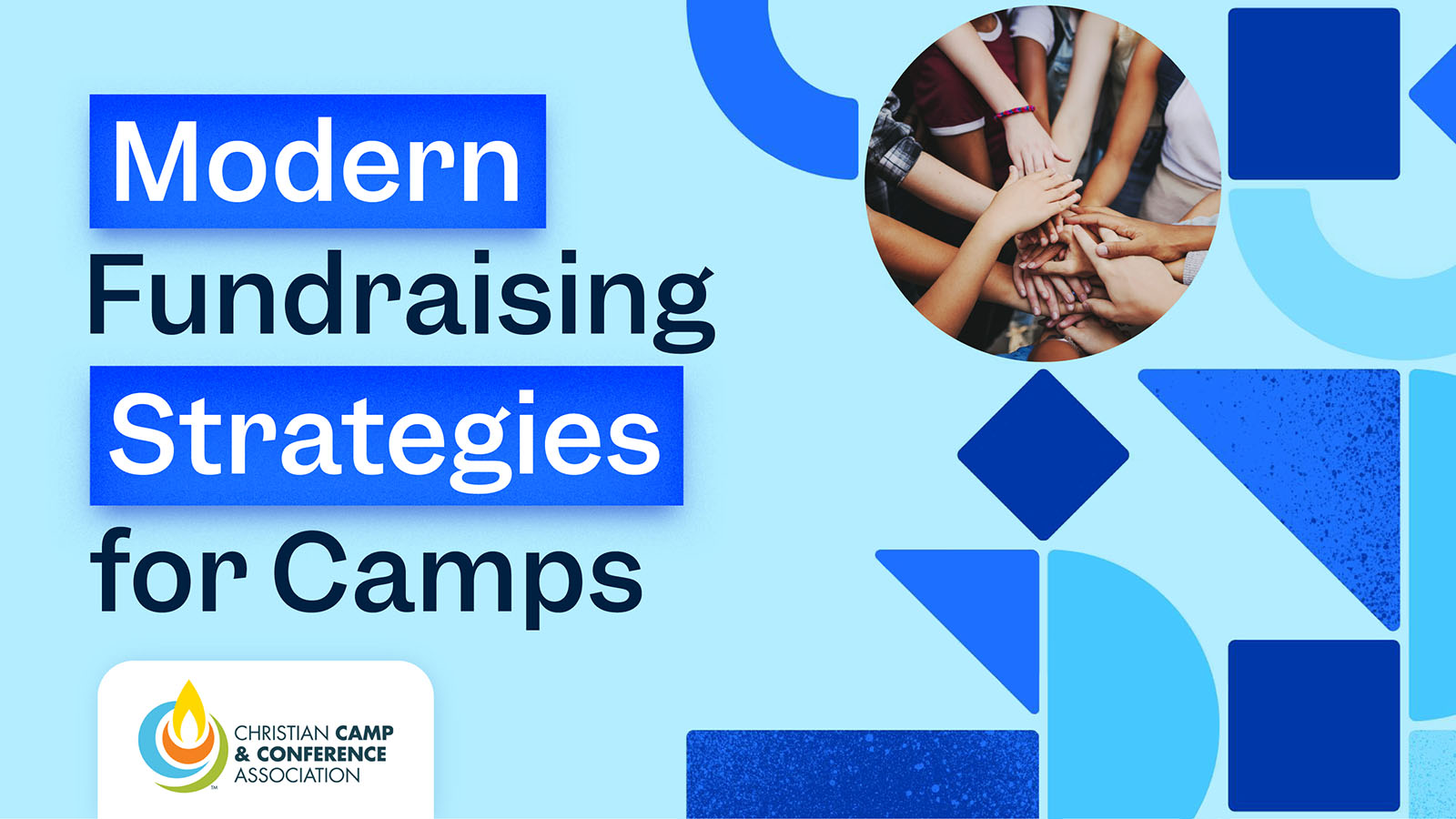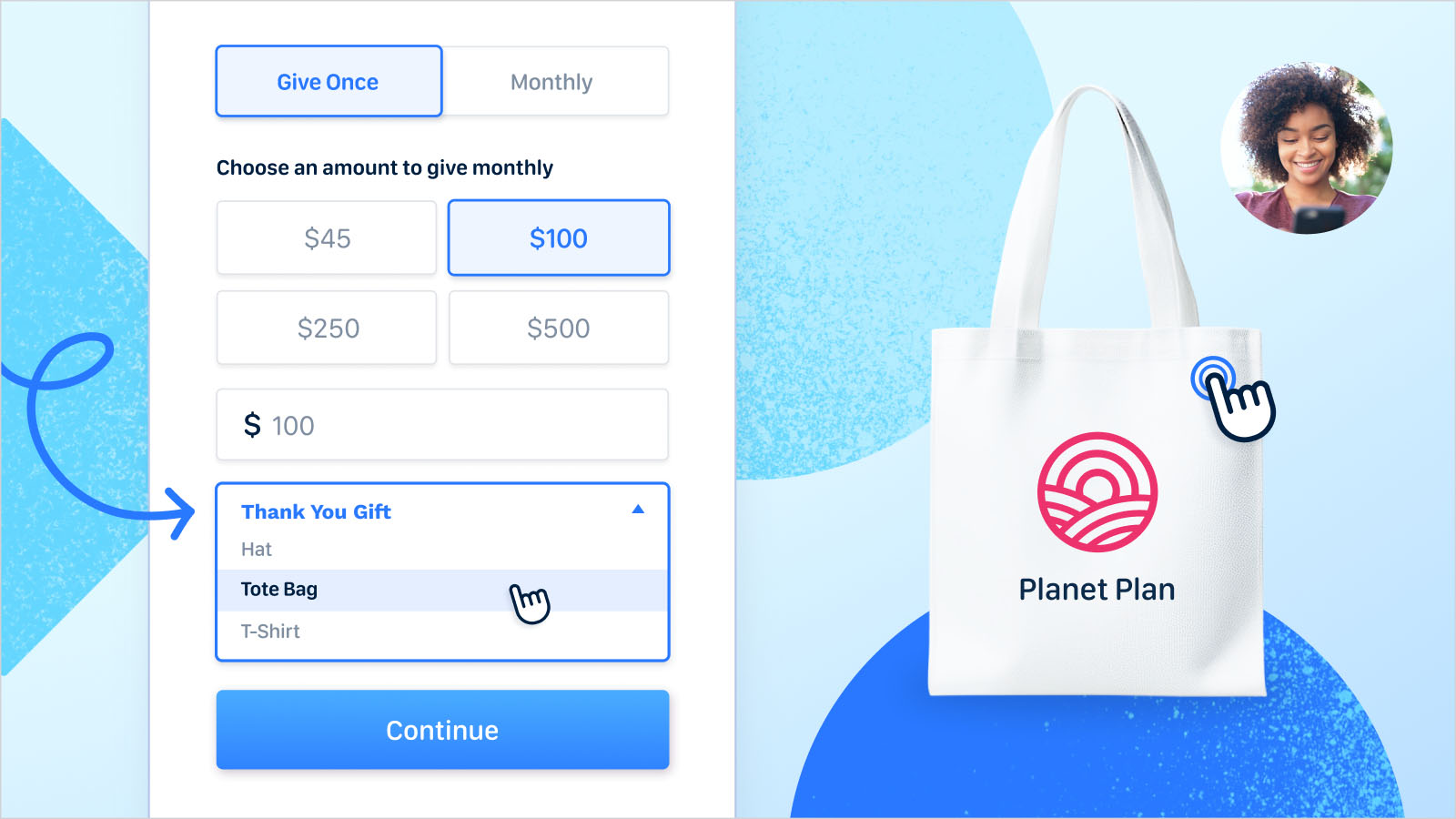Lights, camera, action!
It should be that easy to launch a great-looking virtual event, right? Oh, if only that were the case. You've probably attended an event (or three) where the guests were showcased beneath horrible fluorescent lights, the camera was so far away that you couldn't tell if they were smiling, or the camera revealed exactly what was up their nose. Tissue, anyone?
It's tempting to just push the record button and go, but if you want your virtual fundraiser or livestream to look good aaand encourage people to engage and donate, then you need to put in just a little work. A bit of effort on sound quality, lighting, and background will go a long way to set you—and your nonprofit—apart.
Let's Talk Lighting
This isn't about vanity, this is about clarity. If you get the lighting wrong, then your notable guest speaker could look like an anonymous witness on a news program: shrouded in black. Good lighting helps audience eyes see clearly, makes for better physical cues, and allows more communication than just verbal, resulting in a more rounded and fuller storytelling experience.
The best kind of lighting to use? Natural sunlight!
The only small hiccup is that, as you can guess, natural sunlight isn't always readily available in homes, offices, and definitely at nighttime events.
When selecting lighting for your virtual event, bring in a ring light (it's what all the influencers use to look so incredibly good no matter the setting). If you don't have a ring light, try a SAD lamp (UV-imitating light) or multiple floor and table lamps. The key thing to remember is to avoid backlighting.
You want light on anyone speaking; if your event is taking place in a large room, such as a hotel conference room, add bring in lights for each speaker or group so they have extra brightness.
Sound
We're in the age of podcasts, which means we're also in the age of affordable (and amazing) microphones! You don't have to spend hundreds of dollars to capture professional-quality sound for your virtual events. In fact, there are great options available to people for much less than you'd expect.
We recommend investing in a microphone or two rather than relying on the sound from headphones or computers. The uptick in quality is very large when you use a microphone and it'll make your events feel and sound so much more professional. That little change could mean the difference in a small fundraiser and a big night.
Look for USB microphones and ones that have either a clip or a stand. You don't want a mic to move and you don't want your guests to touch it, either. Hands off!
Super Pro Tip: Sound is best when you don't move around. That's why radio personalities keep their face close to the mic and still. Try it out; you'll be surprised at the immediate change in clarity!
Background
When hosting virtual events and fundraisers, background really matters. It's easy to overlook, but it's so important to consider. Keep things clean and simple whenever possible... that goes for speaker clothing, too!
Do: Use solid colors, distant bookshelves, walls, curtains, or virtual backgrounds (so long as they are stable) to help keep the focus on the speaker.
Don't: Use messy rooms or offices, busy prints, green screens (unless you're using a virtual background), or wall colors that overpower your speaker visually.
Practice
Although practice is last, we think it's the most important item on the list. Virtual events are a true test of the old adage "practice makes perfect."
When you're planning a virtual fundraiser, be sure to schedule several practice runs before going live or recording. You can test lighting, position things in the background, and evaluate your outfit so you look your best. You'll also test your sound, and most importantly, work through all of the problems!
We can guarantee that you'll hit some bumps along the way to launching any virtual event, just as you have to deal with unexpected hurdles to in-person events. It's all part of the process, but the benefit to virtual events is that you get to practice and test things out before being in front of an audience.
So, add those practice days to your schedule, you're ready for your close-up!































.webp)
.webp)











.webp)
.webp)

.webp)
.webp)
.webp)




